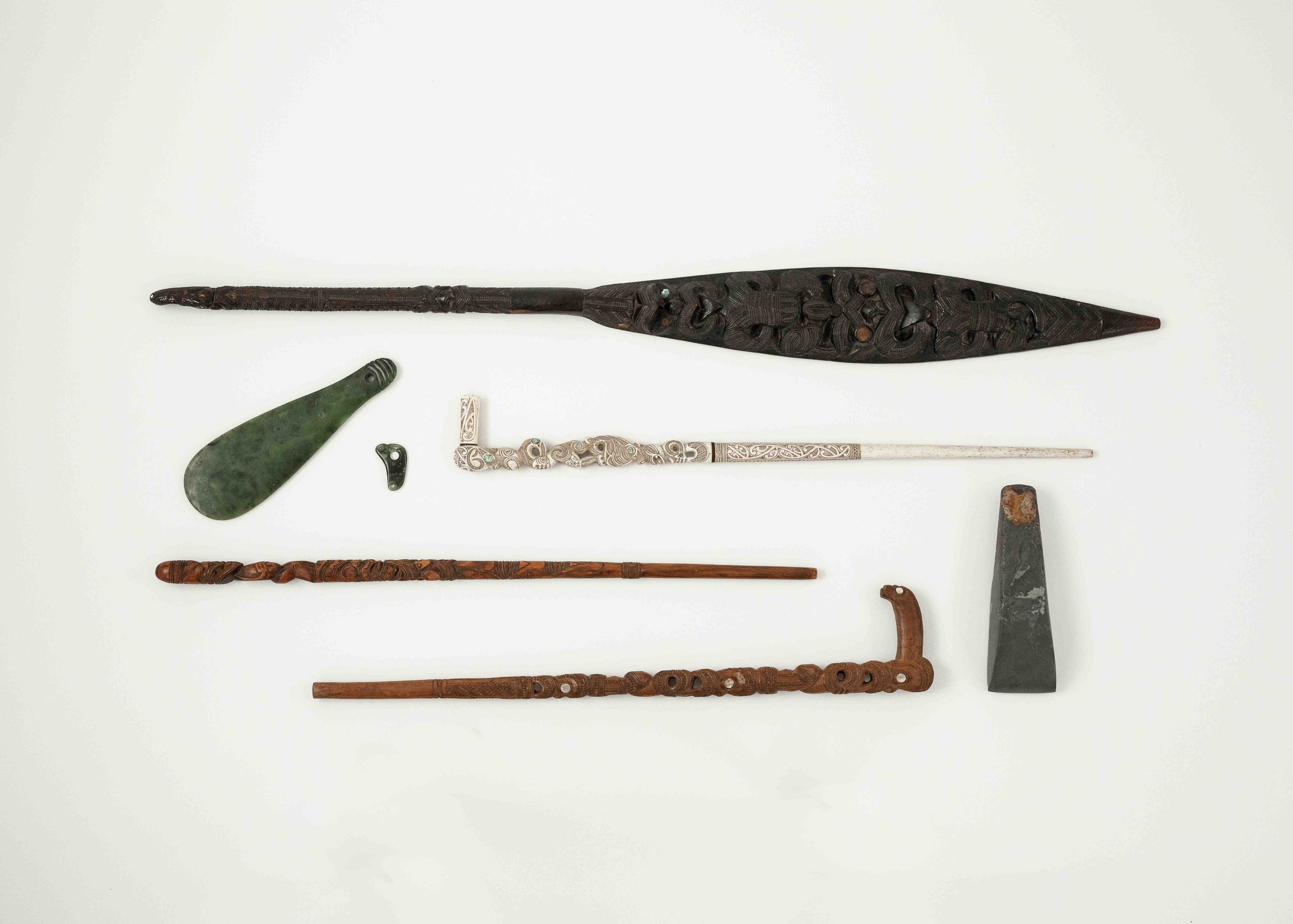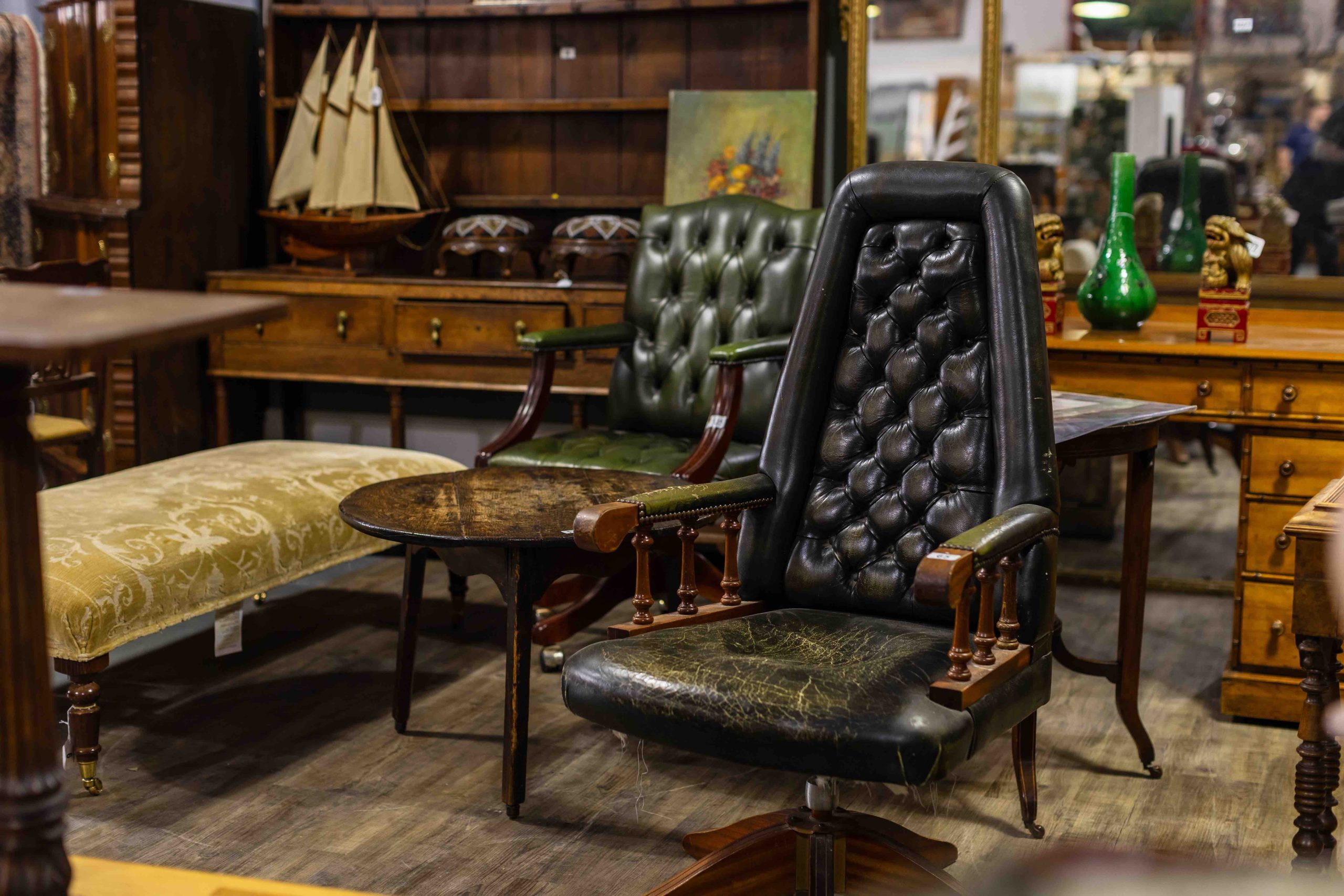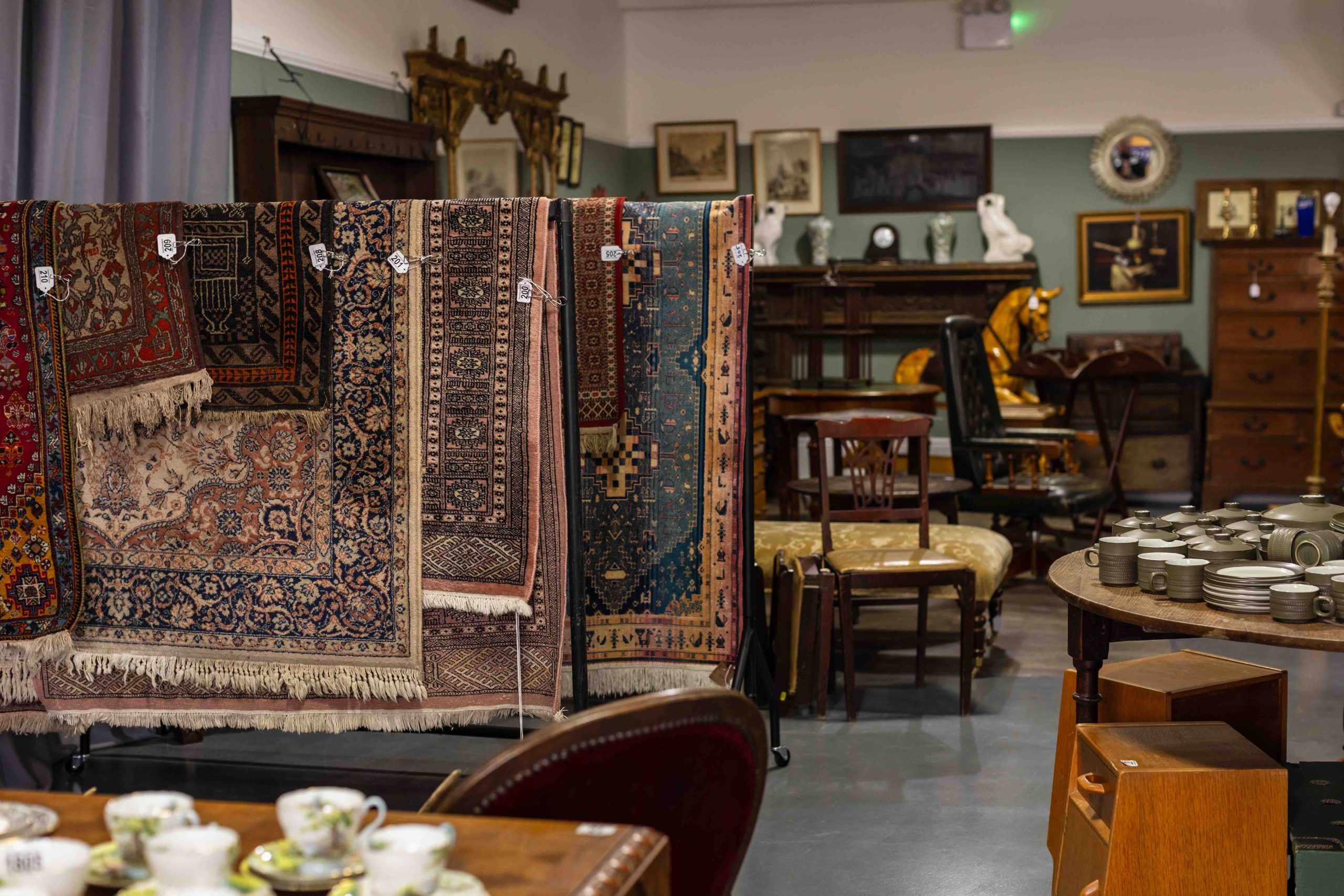Guide to British Silver
Here at Churchill Auctioneers silver is a perennial section of our monthly auctions. From everyday items to highly collectable unique pieces, there is something for every collector. With significant variations in quality and origin, we’ve decided to start with an overview of British silver.
Churchill Auctioneers Guide to Buying British Silver
Buying British silver can be a rewarding experience, whether you’re a collector, investor, or just someone who appreciates fine craftsmanship. Here’s a comprehensive guide to help you navigate the process:
1. Understanding British Silver
Types of Silver
- Sterling Silver: Contains 92.5% silver and 7.5% other metals (usually copper). It’s the most common type of silver used in British silverware.
- Britannia Silver: Contains 95.8% silver and 4.2% other metals. It’s less common but has a higher silver content than sterling silver.
2. Hallmarks
British silver is renowned for its hallmarking system, which guarantees the quality and origin of the silver. Here are the key hallmarks to look for:
- Maker’s Mark: Identifies the silversmith or company that made the piece.
- Assay Office Mark: Indicates the city where the silver was tested. Common marks include:
-
- London (leopard’s head)
- Birmingham (anchor)
- Sheffield (crown)
- Edinburgh (castle)
- Date Letter: A letter that changes annually, representing the year the piece was assayed.
- Standard Mark: Denotes the silver quality:
-
- Lion Passant for sterling silver (92.5% pure)
- Britannia mark for Britannia silver (95.8% pure)
- Duty Mark (historical): Found on pieces from 1784-1890, indicating tax paid to the Crown.
3. Identifying Authenticity
- Examine Hallmarks: Use a magnifying glass to inspect the hallmarks carefully. Fake or reproduced items might have poorly defined or incorrect hallmarks.
- Weight and Feel: Silver has a distinct weight and feel. Authentic pieces should feel solid and substantial.
- Patina and Wear: Genuine antique silver will show signs of wear and patina that fakes may not replicate accurately.
4. Research and Reference
- Books and Guides: Invest in books and reference guides on British silver hallmarks and silverware. Notable references include “Jackson’s Silver and Gold Marks of England, Scotland & Ireland” and “Bradbury’s Book of Hallmarks.”
- Online Resources: Websites like the Sheffield Assay Office and the Antique Silver Marks database can be invaluable for cross-referencing hallmarks.
5. Buying Locations
- Auctions: Churchill Auctioneers monthly sales are a great starting point, but most auction houses will have a silver section in their auctions or even specials silver sale days. Ensure you understand the bidding process and fees involved.
- Reputable Dealers: Purchase from reputable antique dealers who specialise in silver. They can provide certification and detailed information about the piece.
- Antique Fairs and Markets: Antique fairs and markets can be a good place to find unique pieces. Always verify authenticity before purchasing.
- Online Marketplaces: Websites like eBay and Etsy have British silver items. Buy from sellers with excellent feedback and who provide clear, detailed photos and hallmark information.
6. Condition and Care
- Inspect Condition: Look for any signs of damage or repairs, as these can affect value. Minor wear is normal for antique pieces.
- Proper Care: Silver should be cleaned with a soft cloth and silver polish. Avoid abrasive materials that can scratch the surface. Store silver in a dry place, preferably wrapped in acid-free tissue paper to prevent tarnishing.
7. Investment Potential
- Historical Value: Some pieces have historical significance, increasing their value. Research the provenance and history of the item.
- Market Trends: Monitor market trends in antique silver. Prices can fluctuate based on demand, economic conditions, and silver prices.
- Rarity: Unique or rare pieces, especially those by famous silversmiths, can be more valuable.
8. Legal Considerations
- Export and Import Laws: If you are buying from a Churchill Auctions sale you can be assured that we have made all the relevant checks, however be aware of any legal restrictions on the export and import of antique silver if you are buying from abroad.
- Documentation: Ensure you receive proper documentation, including receipts and any certificates of authenticity.
Conclusion
Buying British silver requires knowledge and diligence. By understanding hallmarks, researching thoroughly, and buying from reputable sources, you can acquire beautiful and valuable pieces of silver that will be cherished for generations. Happy collecting!
If you are here because you have silver to sell please get in touch with our team for free testing and valuations.



